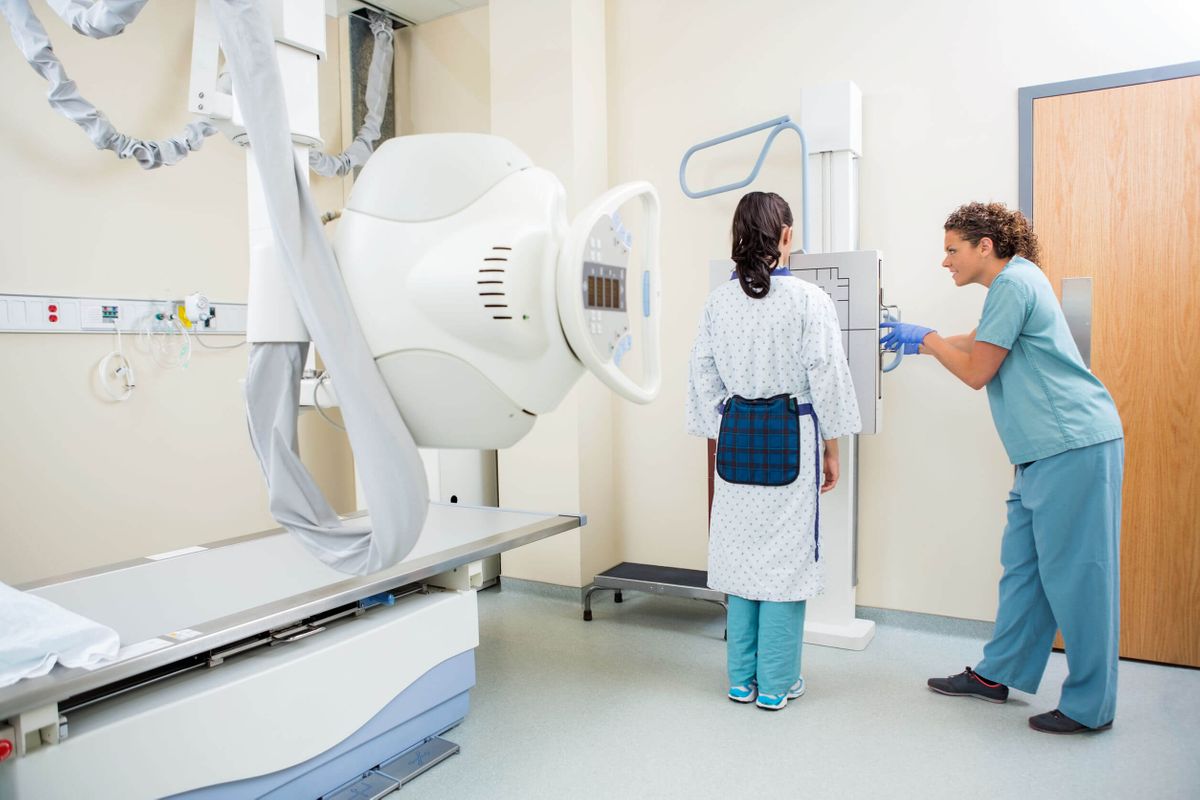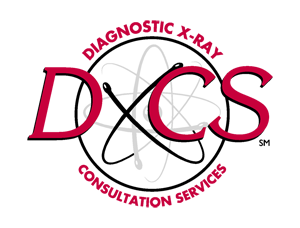Diagnostic imaging has come a long way since its inception. From simple X-rays that are primarily used for checking broken bones, new and more sophisticated technologies have emerged, allowing doctors to effectively diagnose a variety of illnesses and diseases from COPD and cancer to muscle tears and blockages. Diagnostic imaging allows doctors to see inside the body non-invasively, so it eliminates the need for exploratory surgery when diagnosing diseases. Many clinics and healthcare facilities offer diagnostic imaging services. However, the person who conducted the test cannot interpret the results for you. Only your doctor can do that.

Why Diagnostic Imaging is Required Before Starting Treatment
Types of Diagnostic Imaging
There are several types of imaging machines and techniques that can be used to look inside the body. They include:
- X-rays
- MRI scans
- Nuclear medicine scans
- Ultrasound
Most imaging tests are easy and painless. You need to refrain from moving during the whole process for the machine to get accurate images. Some tests may even require you to stay still inside a machine. Although this is painless, some people still feel uncomfortable while inside the machine. You may also be exposed to a small amount of radiation, so it’s important to tell your doctor if you are pregnant before undergoing any imaging test.
Interventional Radiology
Interventional radiology utilizes imaging technology such as MRI, ultrasounds, and CT scans to help guide medical procedures. This eliminates the need for scopes and surgery when diagnosing and treating certain health conditions. There is no need for general anesthesia, which helps patients avoid its harmful side-effects.
Interventional Radiology is Commonly Used for:
- Cancer treatment
- Arteries or vein blockages treatment
- Back pain treatment
- Kidney and liver problem treatment
Diagnostic Imaging and Early Detection of Cancer
Cancer is a devastating disease that can wreak havoc on the body. The possibility of getting cured highly depends on the stage at which it was detected. Of course, the earlier it is caught, the more chances of successful treatment. That’s why the ability to take clear images of the inside of the body is of great importance for the diagnosis and management of patients with cancer. Diagnostic imaging and nuclear medicine play a crucial role in the screening, staging, follow-ups, therapy planning, therapy response evaluation, and long-term surveillance of patients.
Diagnostic imaging is no longer limited to x-rays. Now, it’s possible to detect the early signs of cancer by merely looking at images of the inside of the body. Diagnostic X-ray Consultation Services is a trusted healthcare facility in Phoenix that offers diagnostic imaging services. Contact us today.
